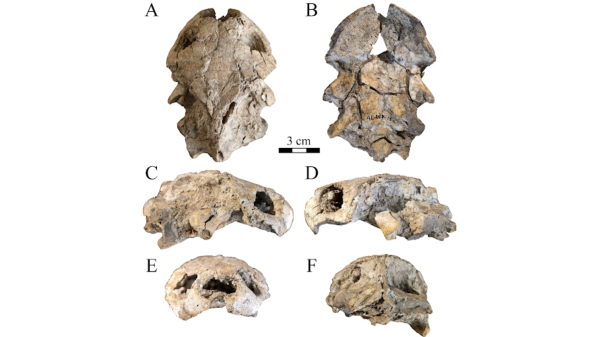Clearly and completely reporting the answers to 'how' and 'why' in science

David MacKinnon, Foundation Professor of psychology at Arizona State University, was part of an international expert panel that created a set of guidelines to improve the use and communication of mediation analyses in research. These powerful statistical methods can identify causation and are widely used in biology, sociology, medicine and psychology. The guidelines were published in the Sept. 21 issue of the Journal of the American Medical Association.
What if there existed an analysis method that could pull more information from scientific studies, but researchers were not using it properly?
The method, called mediation, helps answer important questions like: How much do school-based tobacco prevention programs decrease teen smoking rates? Why do monetary incentives and mobile clinics increase local vaccination rates?
Answering “how” and “why” questions like these require scientists to figure out what caused a decrease in teen smoking or what caused more people to roll up their sleeves and get vaccinated. Causation can happen in many ways and can even be indirect. Over the last 20 years, there have been rapid advances in mediation analyses to more accurately study causation. These methods are now widespread in biology, sociology, medicine and psychology studies.
A panel of international experts recently published guidelines to clearly communicate research using mediation analyses with the goal of ensuring the methods are used correctly. The paper, called "A Guideline for Reporting Mediation Analyses," was published in the Sept. 21 issue of the Journal of the American Medical Association.
“Mediation analyses let us extract a lot of information from data and have the promise of identifying mechanisms by which effects occur that could be applicable to other situations,” said David MacKinnon, Foundation Professor of psychology at Arizona State University, an expert on mediation analyses and co-author on the paper. “These guidelines are a standardized way to report information obtained from mediation analyses. They will make it easier to interpret findings from mediation analyses, including identifying what other variables might be important, the impact of confounding variables or even more up-to-date ways to do an analysis.”
The panel included methodologists, statisticians, clinical trial specialists, epidemiologists, applied clinical researchers, clinicians, implementation scientists and psychologists. The guidelines they devised include checklists to help researchers report findings in academic publications in an accurate, transparent and reproducible manner.
“I started working on mediation analyses in the 1980s and am amazed at how far this work has come, how many researchers are now thinking about how and why interventions work. It’s about time to have reporting guidelines,” MacKinnon said.
MacKinnon’s work on this project was funded by the National Institute on Drug Abuse.
More Science and technology

New research by ASU paleoanthropologists: 2 ancient human ancestors were neighbors
In 2009, scientists found eight bones from the foot of an ancient human ancestor within layers of million-year-old sediment in…

When facts aren’t enough
In the age of viral headlines and endless scrolling, misinformation travels faster than the truth. Even careful readers can be…

Scientists discover new turtle that lived alongside 'Lucy' species
Shell pieces and a rare skull of a 3-million-year-old freshwater turtle are providing scientists at Arizona State University with…